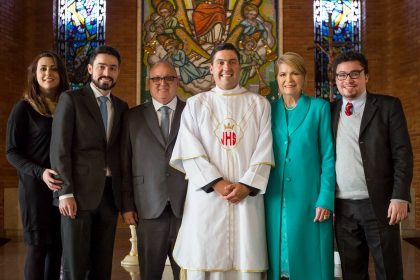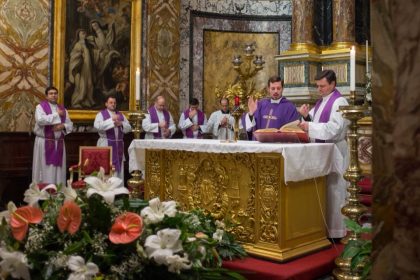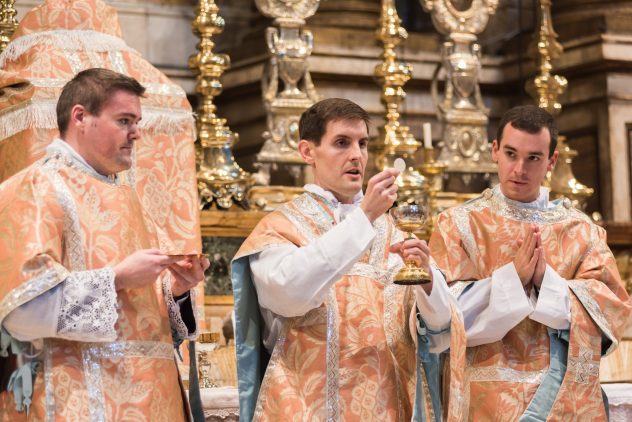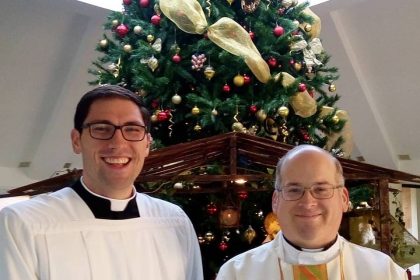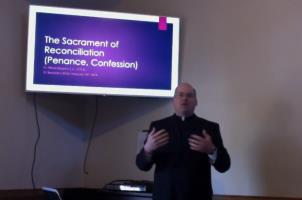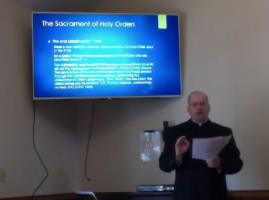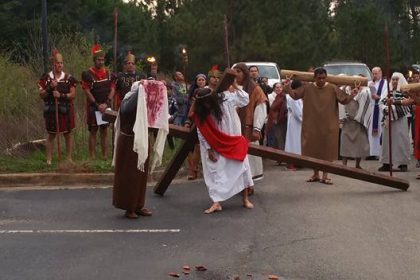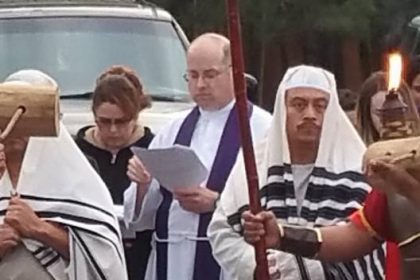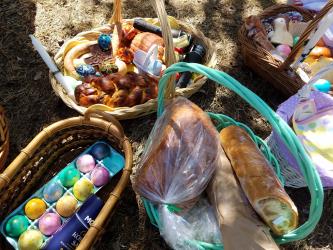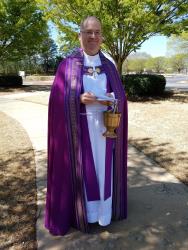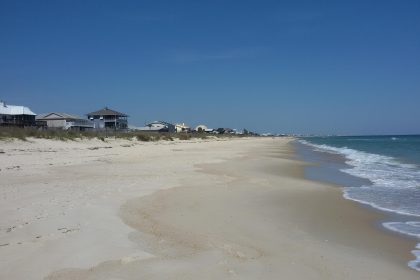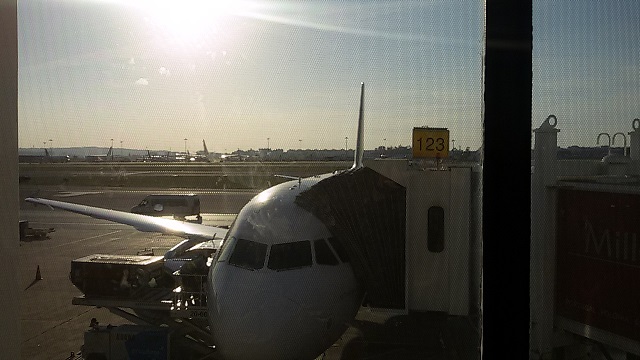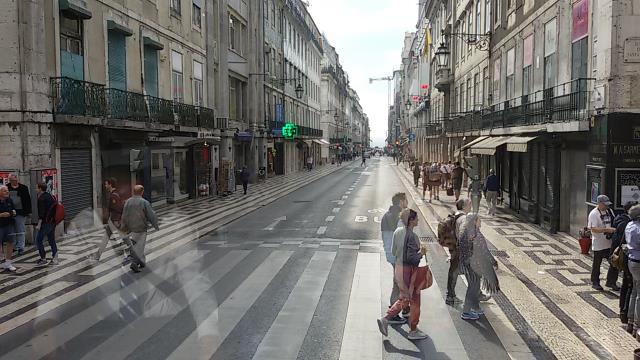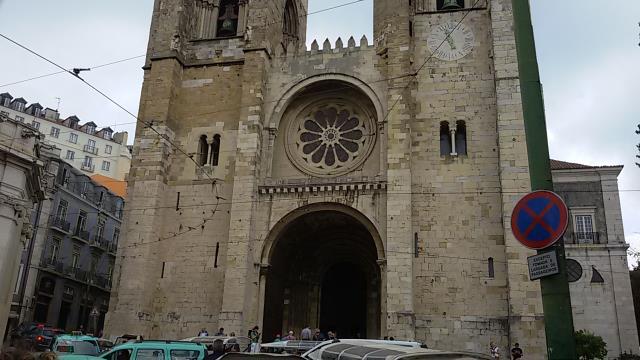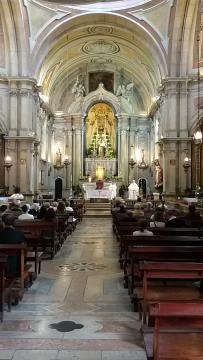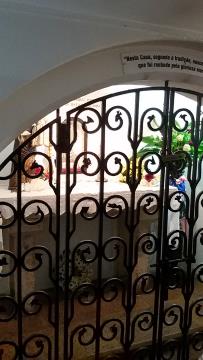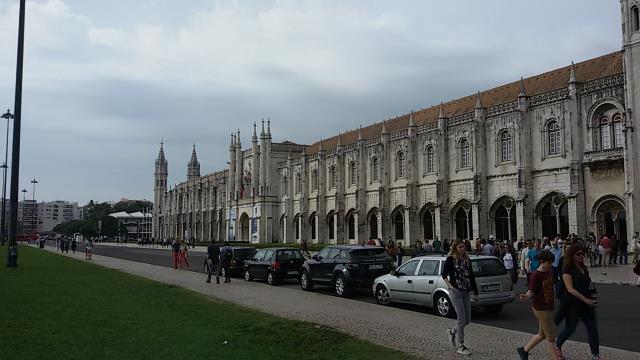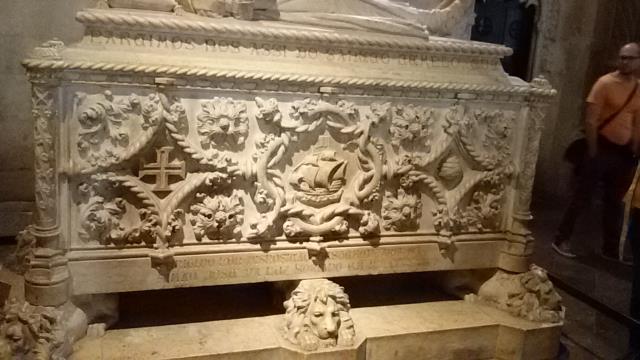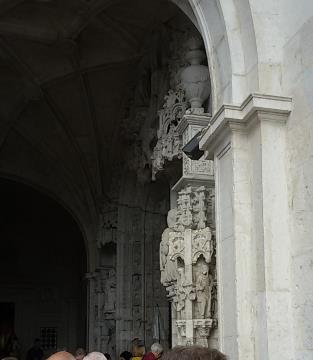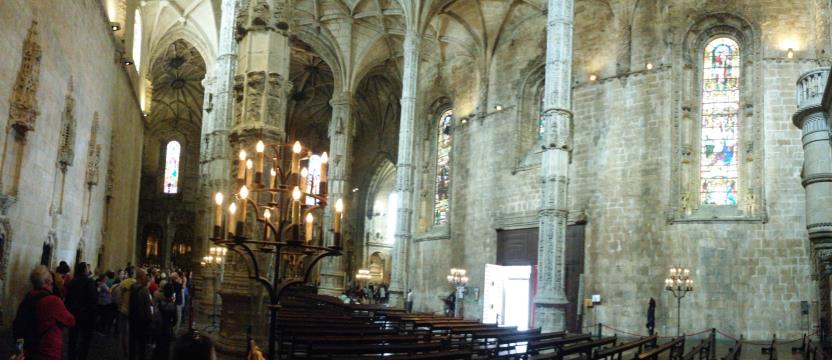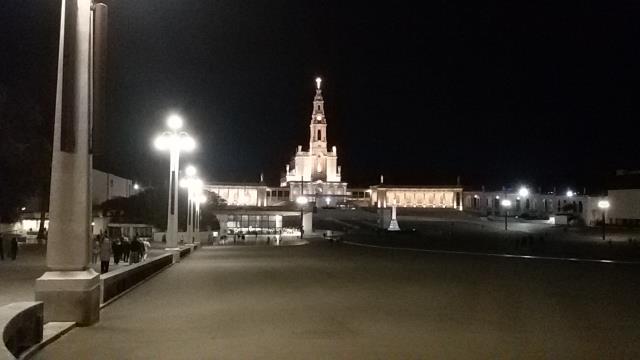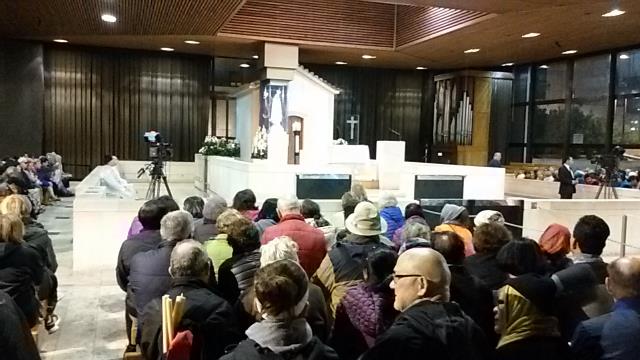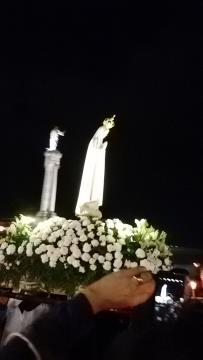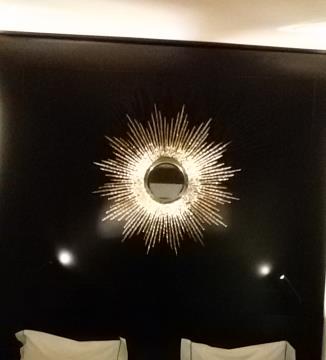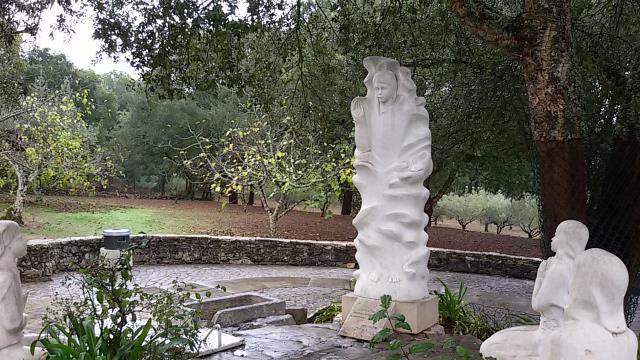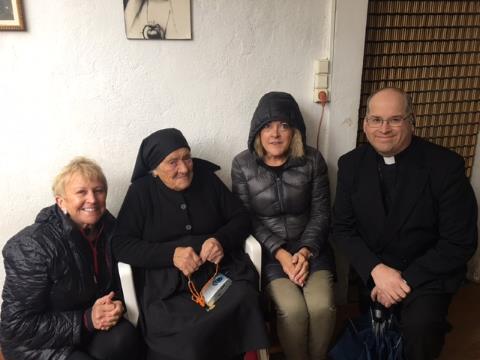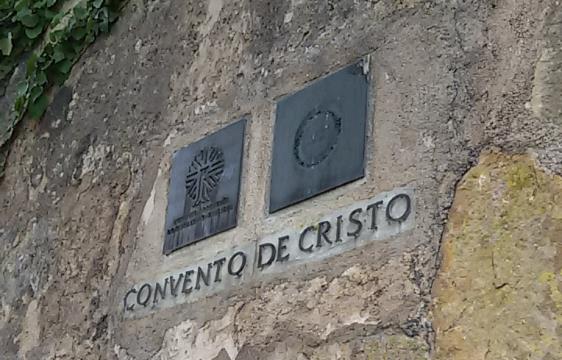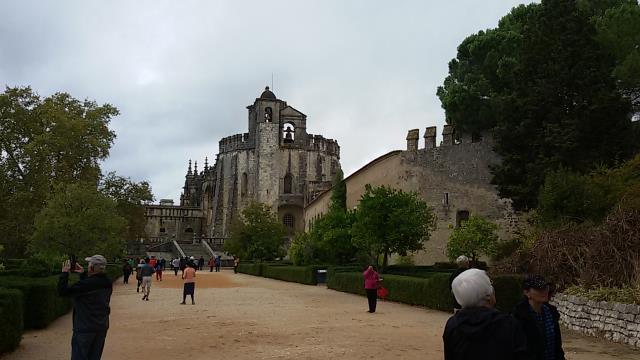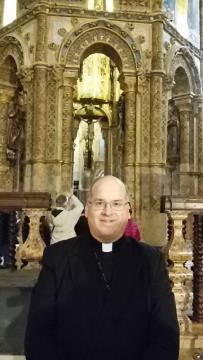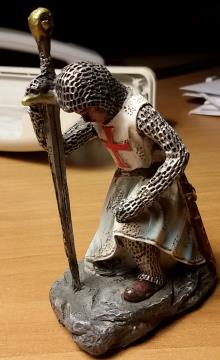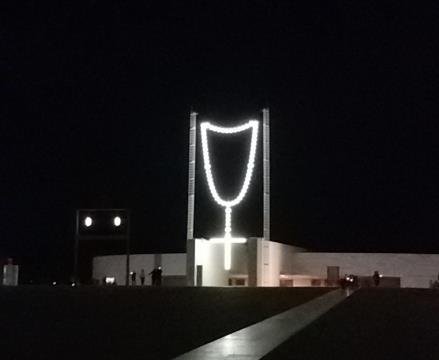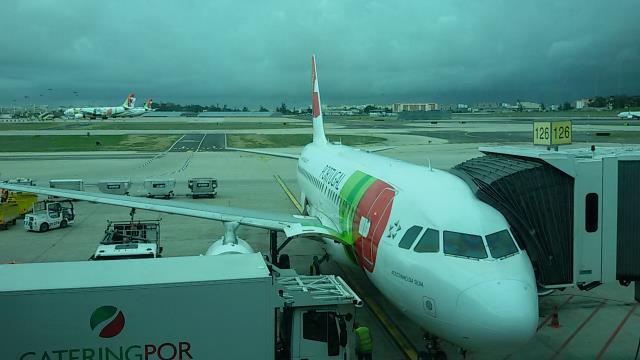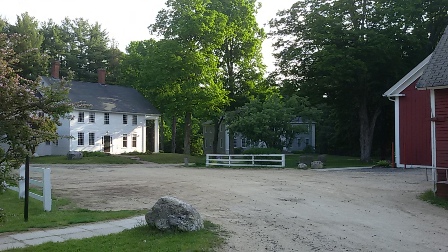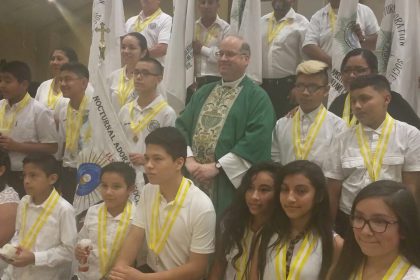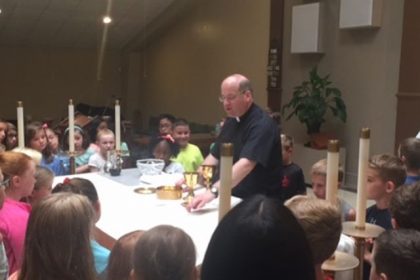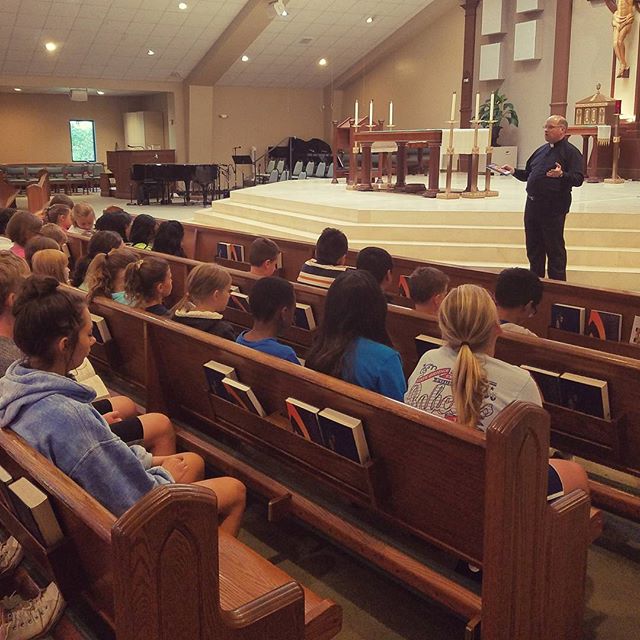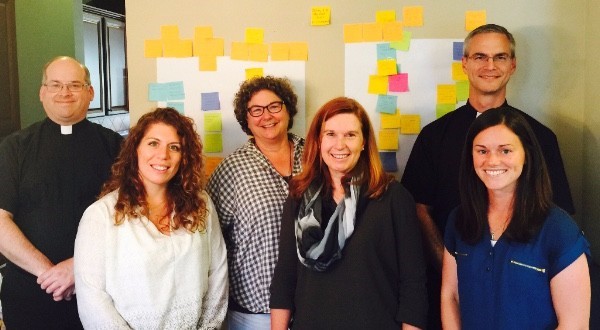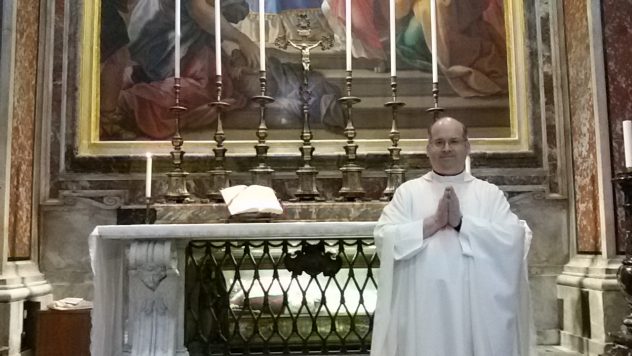It’s been four months to the day since my last post, and the best way I can summarize the last five months or so is academic life and parochial life, with a sprinkling of literary life (including this post).
Theology
I spent the fall semester in Rome teaching Ecclesiology (the theology of the Church) at the Bachelor’s level and and a small group Licentiate-level seminar on priesthood in the thought of Joseph Ratzinger. On November 9th as part of our Theology Congress I gave a presentation on the theology of an expression from the Vatican II document Lumen Gentium (n.8) describing the relationship between the Church of Christ, the Catholic Church, and other non-Catholic Churches and ecclesial communities. God-willing it’ll be published as a journal article in September. On November 11th at the College we invited American seminarians and priests living and studying in Rome to a dinner called Communio USA. After my summer experiences in the diocese of Atlanta it was nice to meet a seminarian from the diocese of Savannah, originally from Augusta. On December 13th at the plenary meeting of the Theology Department’s faculty I gave a presentation on the theology of vocation.
Priestly ordinations
On December 15th I helped hearing confessions in a retreat for families who were in Rome for the priestly ordination of their loved ones.
On December 16th I attended the priestly ordination of my Legionary brothers. Most were my students, and two were now my colleagues and confreres in the Rome Professor’s community. I was a little sad because ordination time was always in Advent, but starting this year the brothers will always be doing a longer transitional diaconate, moving ordinations to Easter-time, when I’d be away from Rome. This was the last group to be ordained priests during the part of the year I spend in Rome.
On December 17th I attended three first Masses, concelebrating in one of them. There are many beautiful little churches and chapels in Rome, so walking between them was quick. On this day and two days later (December 19th) two guest posts I had written were published on Ask Aunt Katie and uCatholic (in addition to the post of December 19th I also did another on February 20th).
On January 6th, at the end of a concelebration for the Epiphany I took a photo with one of my students, Br. Anthony Freeman. It was on his initiative, because he was about to be concluding his studies in Rome and knew I was returning to the United States in a couple of weeks. I’d first met Br. Anthony when he was just Anthony, in 2002/2003 at a boy’s retreat I was helping as a brother. At that retreat he’d expressed no interest in the priesthood, but not long after that his mother contacted me because he wanted to attend our minor seminary. “Why the change of heart?” I asked her. Apparently he’d been so adamant about entering the minor seminary that she was taken aback by my question. For me it was just a reminder that the vocation is from Our Lord; he calls. What I didn’t realize until just before this photo was taken that I was the first Legionary he had ever met. Before my return to the United States I said a Mass with him in Rome. Little did I realize how Providential this would be (more on this later).
Return to St. Brendan’s
Classes for the first semester ended on January 16th, and I returned to the United States on January 17th. The Blessed Mother was looking out for me; I dodged flight-cancelling weather in both Amsterdam (connecting flight) and Atlanta, which was under snow. Back to parish ministry, although still dedicating time during the week to study and writing. Within I few days I celebrated my first funeral. The biggest difference between academic life and parish life is ministering to the sick and dying (being on call to administer the Anointing of the Sick and Viaticum) and impromptu pastoral counseling. We have confessions schedule four times a week, and the penitents are non-stop for 2-2.5 hours on average. I’ve met beautiful souls, searching souls, and suffering souls, and I’ve tried to give an encouraging word to everyone in their circumstances. A priest doing an academic ministry usually doesn’t have this sort of ministry on a regular basis (which is why, among other things, I’d never celebrate a funeral before).

Lent at St. Brendan’s
On February 14th Lent began with Ash Wednesday. We had Masses and services to distribute ashes all day, and every one, with the exception of the earliest, was standing room only. I also spent Ash Wednesday correcting final exams from my Ecclesiology course (necessary, albeit penitential if a different way). Throughout Lent, in addition to the regularly scheduled confessions, I helped out at Penance services at parishes throughout the deanery, and at the parish there were special sessions scheduled for everyone in Faith Formation. This all culminated on Good Friday; I heard confessions that day from 11 AM to 9 PM, with a quick lunch break and the Commemoration of the Lord’s Passion in between. During the commemoration we have the veneration of the Cross, and the parish does something a little different: people take turns holding the cross so that people can venerate it. Except for the start and finish its spontaneous: sometime just taps your shoulder and switches out with you. People from all walks of life, big and little, stood side by side supporting the cross beam so that others could venerate it. This Holy Week was probably the most diverse flock I’d ever been with, since previous years where either at the seminary in Rome or as chaplain for an academy or religious institute.

On February 18th I gave a presentation on the Sacrament of Reconciliation for adults who were preparing for Baptism or to come into full communion with the Catholic Church by participating in RCIA (Rite of Christian Initiation for Adults). I then gave them a talk on the sacraments of Holy Orders and Anointing of the Sick on March 11th. Some were just starting the program, but many would be completing their catechumenate during the Easter Vigil.
On March 23rd I presided over a living Stations of the Cross in Spanish. The stations were set up throughout the parish property, with costumed actors. I was trying to avoid standing with the “Pharisees” watching Our Lord, but I seemed to often end up near them. Maybe Our Lord was trying to tell me something…
On March 31st at midday (Holy Saturday) I blessed baskets containing the first foods that would be used to celebrate Easter. In Slavic Christianity there is a long tradition of doing this blessing, so we organized a blessing for the parish. I wrote a article for our parish bulletin that you can view here about the practice and the symbolism of the food.
That evening, during the Easter Vigil, I would sing the solemn Paschal Proclamation (the Exsultet) and preached the homily. Three adults were baptized and over a dozen RCIA catechumens received their First Communion and Confirmation.
The Resurrection and the Life
On Easter Monday (April 2nd) I received the sad news that Br. Anthony Freeman, who I mentioned above, had been found dead in his room at the College in Italy. Apparently he had a small heart condition and died in his sleep. He was 29 years old and was going to be ordained a deacon in July. I’d been hoping to attend at least his diaconate ordination. Br. Anthony had been very active on social media spreading the faith, doing, in his words, “Catholic coaching,” and had just published a book to help millennials get closer to God entitled One Step Closer. I’ve no doubt that he went straight to Heaven. He was one of the holiest and most enthusiastic people I’d ever know. I never saw him down. I know he’s now interceding for us all from Heaven and he’ll be greatly missed.
A few days later my Uncle, George Kovacich, passed away at 94. It’s only as I write this that I realize what a sad year in terms of loss: I’ve lost three uncles (Pave Drpić, Tony Maglich-my Godfather, and now uncle George) and an aunt (Franka Drpić). I wasn’t able to attend or celebrate the funeral of any of them, or Br. Anthony’s, and a few days ago (April 19th) I concelebrated in the funeral for a friend’s mother who’d died at 93, Therese Couture, a holy mother of seven. That same day I celebrated another funeral at the parish for a dad who’d died at 41. During the concelebration the weight of everyone who’d passed away came down on me; I didn’t just pray for Therese, but for everyone who’d passed on.
As Therese’s daughter told me after the funeral, it’s a bittersweet moment, even after someone has lived a long and holy life, sweet because a long life has changed, not ended, bitter because we’re separated from our loved ones. I often wonder how non-believers handle the loss of a loved one at all. It’s no coincidence that the Easter Candle is lit and present at every funeral to remind us that life is changed, not ended, and death does not have the last word. By the grace and mercy of God we’ll be reunited with those we love one day. Thank God for the Resurrection.
Life is a beach
The week after Easter week a generous parishioner arranged for us to take a few days off at a vacation rental in St. George’s Island, FL. It’s a long island with a long beach, perfect for a nice walk along the surf line or to watch the dawn (both of which I did). It was off season, so it was relaxing and quiet.
May the Risen Lord continue to bless you this Easter season.


